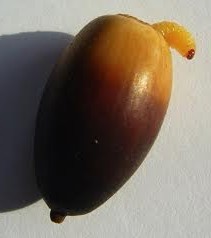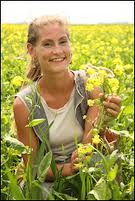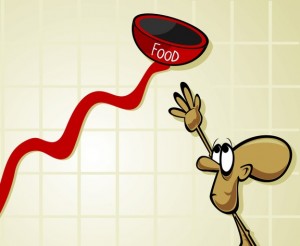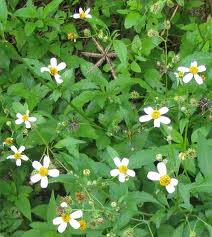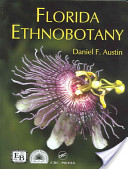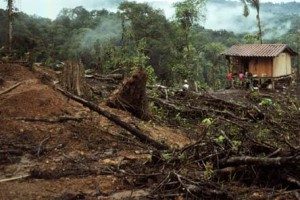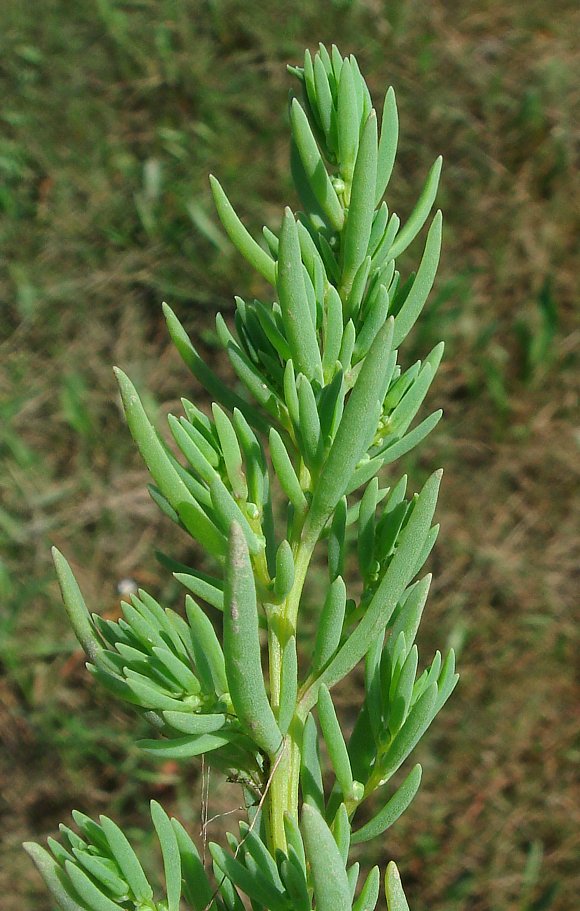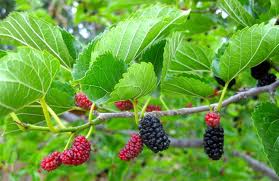It had to happen. If you forage for wild foods at some point you run in to grubs and related insects and you wonder… edible? And once you’re past eating your first bug you suddenly realize there’s a lot more food out there.
The world-famous Ray Mears says that when you are hungry noting too small is to be passed up for the soup pot. And that certainly makes sense for our past hunters and gathers. And while Mears does not often mention insects what of them?
Unfortunately food has taken on the air of an orthopraxy, that is, a list of shoulds, oughts, and nots. We should eat insects because they have a small carbon foot print. We should eat them because they are nutritious. We should eat them because people in 113 countries eat them. Those arguments fall on insect-deaf ears.
Shy of mass starvation I don’t think Western nations will adopt eating insects any time soon. I have a difficult time as is trying to get people to eat common weeds there were once part of the seasonal diet. Increasing “entomophagy” seems a long shot at best. So why did I do a video on eating acorn grubs? To quote Sir Edmund Hillary: Because it was there. Also because I forage. I run into insects, on and in my food. Expanding my diet and pallet a little seemed a reasonable thing to do.
In the past finding a grub in your guava was a joyous moment, a bit of protein and flavor you didn’t have to run down. Somewhere along the way finding a grub in your guava became, at least in western nations, a reason to throw the entire guava away. So in the end I think looking into edible insects is not so much about eating insects as it is knowing, recognizing and using a resource. Eating insects from foraging just kind of goes with the territory. It’s not the main mission, but it’s in there. It expands your knowledge and makes just a bit more competent to survive and thrive.
Update:
Apparently a lot of folks don’t like to eat insects. My latest video on eating weevil grubs in acorns was met with a lot of yuk comments. (read my editorial on said here.)
That’s understandable. Interestingly, oak grubs and pokeweed have something in common. They are both rites of passage. The first time you identify, collect, prepare, eat and survive pokeweed it’s a memorable experience. That’s when you know you are a forager. Likewise when you eat your first grub. That’s when you realize there a lot more food out there, and tasty , too.
By eating that first grub you get past the yuck factor to the food factor.
I used to have a pet squirrel named Pooky. She loved meal worms. I thought they had a lot of yuck factor even though I raised them for her. But now I know what the little squirrel brain knew years ago. They taste pretty good.
Mealworms and grubs, are not just for squirrels anymore.


